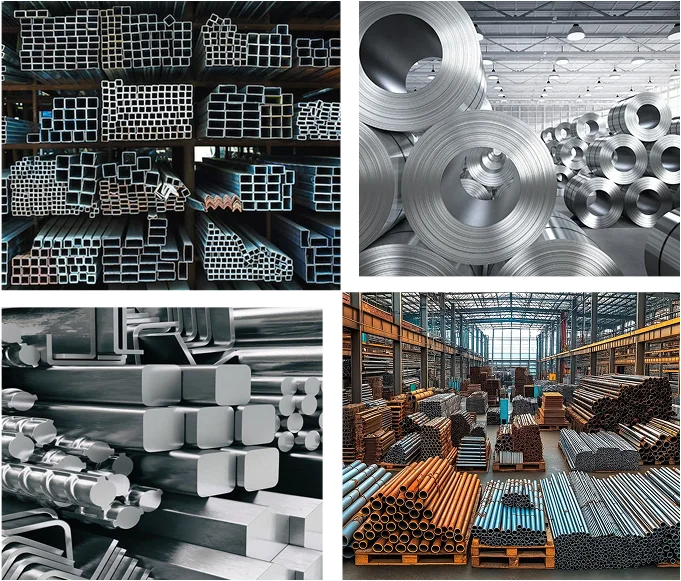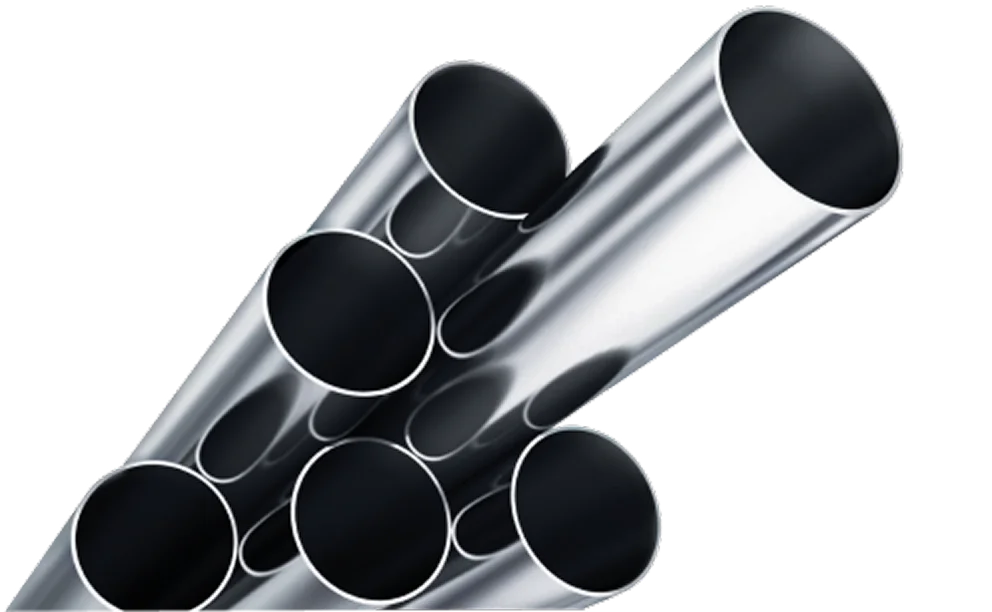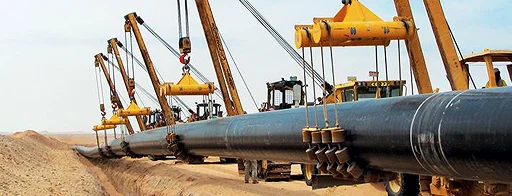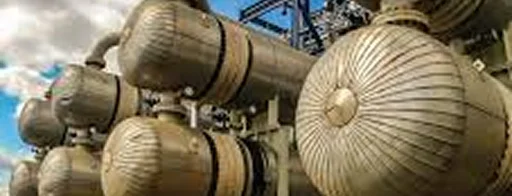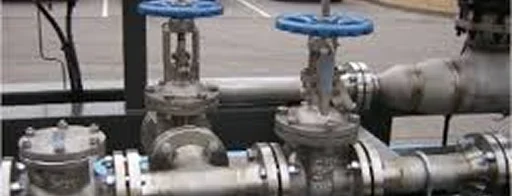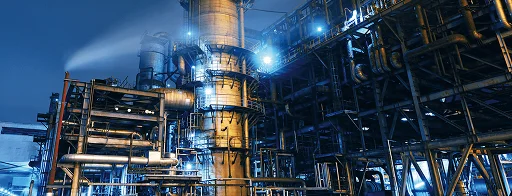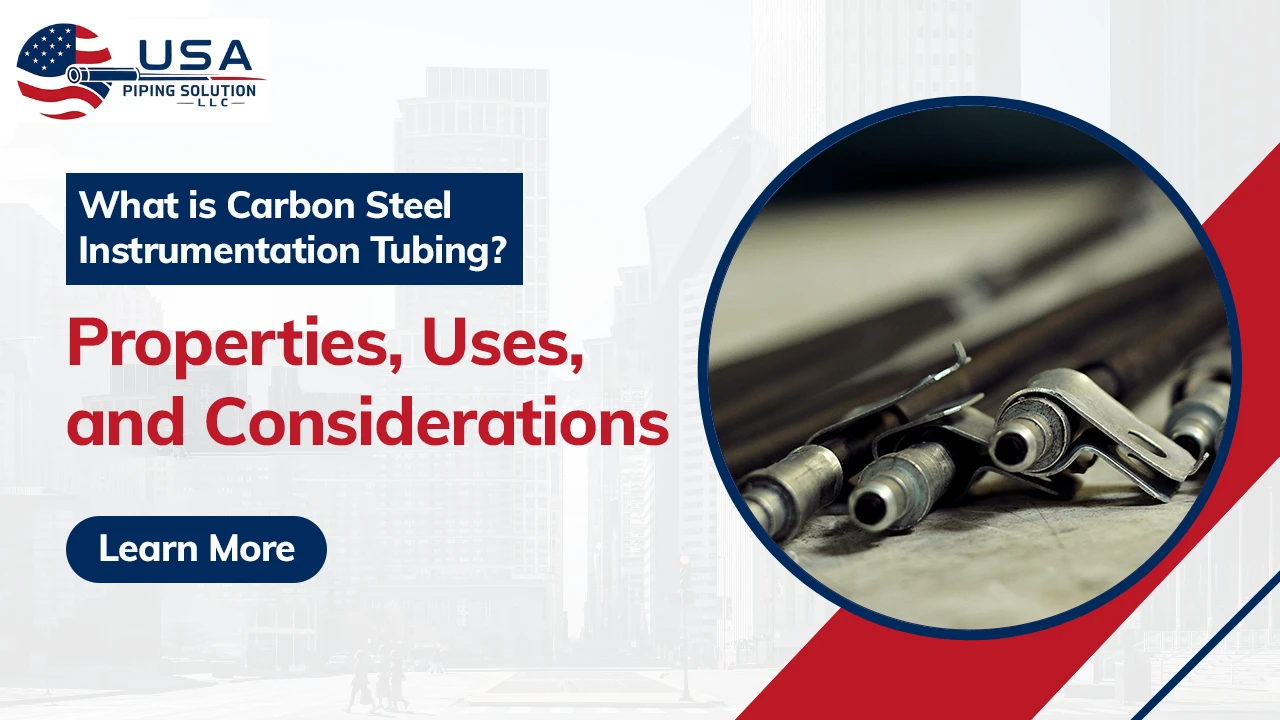
In the complex world of industrial processing, control and monitoring systems are the central nervous system. The reliability of these systems hinges on the quality of every single component. The pathways that transmit hydraulic fluids and gases are especially important. Carbon steel instrumentation tubing plays a pivotal role in these systems providing a robust, reliable and cost-effective solution for ensuring operational integrity.
This comprehensive blog explores every aspect of carbon steel instrumentation tubing. We will cover its fundamental definition, its key material properties and its extensive applications across major industries like oil, gas and power generation. We will also examine the critical standards, common grades and essential selection criteria that engineers and procurement specialists must consider. Whether you are designing a new hydraulic system or maintaining an existing process line this article will equip you with the knowledge to make informed decisions about this indispensable industrial product.
What is Carbon Steel Instrumentation Tubing?
Carbon steel instrumentation tubing is a precision-engineered high-integrity seamless tube. It is specifically designed for the conveyance of fluids and gases in instrumentation control and analytical systems. Its primary function is to connect instruments like gauges, transmitters and switches to the main process line or to other control devices. These tubes are made from alloys of iron and carbon and are engineered to operate reliably under significant pressure vibration and temperature fluctuations.
Unlike standard carbon steel pipe used for large-volume fluid transport instrumentation tubing is defined by its manufacturing precision. There are several key differentiators. Instrumentation tubing is made with very strict tolerances on its outer diameter (OD), interior diameter (ID) and wall thickness. This level of accuracy is necessary to make sure that compression and ferrule-type fittings seal without leaking.
It is almost exclusively produced using a seamless manufacturing process like cold drawing. This process eliminates the weld seam found in standard pipe and results in superior pressure-holding capability, uniform strength and a smoother internal surface. The internal and external surfaces are also controlled to be smooth and free of defects. This reduces the risk of corrosion initiation and ensures clean uninterrupted flow which is vital for analytical applications.
In essence a pipe's job is to be a large-scale artery while instrumentation tubing acts as the system's precise and reliable network of nerves. It ensures that control signals via hydraulic or pneumatic pressure and process samples are transmitted without failure. Its role in maintaining system safety accuracy and leak-free operation in high-stakes environments is critical.
Key Properties of Carbon Steel Instrumentation Tubings
The performance and widespread adoption of carbon steel instrumentation tubing stem from a combination of inherent material properties that make it ideal for demanding industrial environments.
- Strength and Durability : Due to its high tensile and yield strength, carbon steel is often used in high-pressure situations. These characteristics make it able to handle very high internal pressures without breaking, which makes it the best material for hydraulic systems that work at pressures over 6000 psi. Also, its natural toughness and capacity to resist impact make it last longer against mechanical damage, vibration, and pressure changes like water hammer. This ensures long-term performance and system security under harsh operational conditions.
- Temperature Resistance : Carbon steel instrumentation tubing demonstrates excellent structural integrity across a broad temperature spectrum. Some grades are good for cryogenic applications, while others, like medium-carbon and low-alloy variations are made to work at high temperatures. For example it is utilized in power plants for superheater lines and boiler instruments where temperatures can go over 450°C or 850°F. This flexibility lets it be used in a lot of different process conditions without the risk of heat damage.
- Cost-Effectiveness : The cost is always a very important part of a project's bill of materials. Carbon steel has the best strength-to-cost ratio of all the options, such as stainless steel, titanium, or other rare alloys. This economic benefit means you may save a lot of money on projects without losing any of their ability to manage pressure or strength. You can use the money you save to buy superior coatings and surface treatments, like galvanizing or epoxy painting, to protect things from rust where they need it.
- Dimensional Accuracy : The hallmark of instrumentation tubing is its precision. Manufactured to stringent standards carbon steel instrumentation tubing provides highly consistent and accurate OD dimensions and wall thickness. This dimensional control is essential for making connections that won't leak. When utilized with high-quality tube fittings, the exact OD lets the ferrules bite into the tubing surface evenly. This makes a seal that can handle a lot of pressure and vibration.
Common Grades Used in Carbon Steel Instrumentation
The carbon steel category includes several grades. Each has a specific chemical composition and mechanical properties tailored for different applications.
- ASTM A179 is a low-carbon seamless cold-drawn steel tube widely used for heat exchanger condensers and similar heat-transfer apparatus. It is known for its excellent surface finish and formability making it easy to bend and flare.
- ASTM A210 Grade A1 is a medium-carbon seamless steel tube intended for boiler and superheater applications. Its higher carbon content provides superior strength at elevated temperatures compared to ASTM A179.
- ASTM A106 Grade B is a workhorse grade for high-temperature high-pressure service. It is commonly found in refineries, power plants and chemical processing facilities. It is robust and reliable for critical service lines.
- ASTM A213 T11 and T22 are low alloy variants. While technically low-alloy steels they are often grouped with carbon steels. The addition of chromium and molybdenum significantly enhances high-temperature strength and provides improved resistance to corrosion and oxidation.
- SAE J524 is a standard that covers cold-drawn and annealed seamless low-carbon steel tubing. It is specifically intended for use in hydraulic systems and designed for easy flaring and bending.
Applications of Carbon Steel Instrumentation Tubings
- In the Oil & Gas and Refinery sectors this tubing is indispensable. It is used for wellhead control systems hydraulic lines for subsea and surface safety valves, chemical injection skids and process analyzer sampling lines. Its ability to withstand high pressures and vibrations from pumps and compressors makes it ideal for these demanding environments.
- In Power Generation at thermal power plants like coal and gas facilities and in nuclear power plants carbon steel instrumentation tubing is used extensively. Applications include superheater lines, main steam lines feedwater instrumentation control panel tubing for turbines and lines for hydraulic control systems. Grades like ASTM A210 and A106 are particularly suited for the high-temperature and high-pressure steam circuits.
- For Hydraulic and Pneumatic Systems this is a primary market. The tubing ensures stable and reliable fluid power transmission in heavy-duty machinery industrial automation circuits high-pressure braking systems and manufacturing equipment. The strength of the tubing is critical for containing the immense pressures generated in hydraulic circuits.
- In the Chemical and Petrochemical Industries tubing is used for process control loops, sampling systems and utility lines carrying steam compressed air or nitrogen. While the process fluid itself may require a more corrosion-resistant alloy carbon steel is often the material of choice for the external control systems. When used for mildly corrosive media it is often coated or surface-treated for an extended service life.
Key Considerations When Choosing Carbon Steel Instrumentation Tubings
Selecting the right tubing involves more than just picking a grade. Several practical factors must be evaluated. You must consider the wall thickness and OD tolerances. The wall thickness directly determines the tubing’s pressure rating. Engineers must consult pressure rating tables to select a thickness that provides an adequate safety factor. OD tolerances are crucial for fitting compatibility.
The surface finish is also important. A smooth internal surface is vital for applications involving sensitive analytics or high-purity gases as it minimizes particle shedding and deposit buildup. The pressure rating must also be confirmed. Always verify the manufacturer's specified working pressure rating at the intended operating temperature because the pressure rating of steel decreases as temperature increases.
Ensure compatibility with fittings. The tubing must be fully compatible with chosen fittings and the tubing’s hardness must be appropriate for the fitting's design. Finally, think about coatings and surface treatment. For applications in corrosive or marine environments unprotected carbon steel will rust. Protective options like zinc-plating galvanizing phosphate coating or high-performance epoxy painting are necessary to prevent corrosion.
Standards & Specifications for Carbon Steel Instrumentation Tubing
Adherence to industry standards ensures quality safety and interoperability.
|
Standard |
Specification Code |
Description |
Application Focus |
|---|---|---|---|
|
Seamless Cold-Drawn Low-Carbon Steel Tubes |
Used for heat exchangers, condensers, and similar heat transfer applications |
Thermal transfer systems |
|
|
Seamless Medium-Carbon Steel Boiler and Superheater Tubes |
Designed for high-pressure boiler systems |
Boilers, superheaters |
|
|
Seamless Carbon and Alloy Steel Mechanical Tubing |
Suitable for machining and mechanical applications |
Hydraulic systems, mechanical parts |
|
|
Seamless Low-Carbon Steel Tubing |
Designed specifically for fluid line systems requiring tight bends and flares |
Hydraulic and fuel lines |
|
|
ASME equivalent of ASTM A179 |
Used in pressure vessels and heat exchangers under ASME code compliance |
Boilers, condensers |
|
|
ASME SA210 |
ASME equivalent of ASTM A210 |
Meets ASME requirements for pressure-bearing carbon steel tubes |
High-pressure steam and heat applications |
Selection Criteria of Carbon Steel Tubingy
Carbon steel instrumentation tubing has several clear advantages. A primary benefit is its high tensile and compressive strength. It is also significantly more economical than stainless steel or exotic alloys which reduces overall project costs. The material is easy to bend flare and weld using standard techniques simplifying installation and reducing labor costs. As a common industrial material it is readily available from suppliers worldwide in a vast range of sizes and grades.
However it also has limitations. Its primary drawback is lower corrosion resistance. Without a protective coating it is susceptible to rust especially in moist or chemically aggressive environments. It is not suitable for ultra-pure systems in semiconductor or pharmaceutical applications where metallic contamination is a concern. Standard carbon steel can also become brittle at extremely low temperatures unless it is a specifically designated low-temperature grade.
When compared to other materials carbon steel is more cost-effective than stainless steel for applications where superior corrosion resistance is not strictly required. It offers significantly higher pressure handling capability and better mechanical strength than copper making it safer for high-pressure systems. It also has vastly superior performance in temperature resistance and pressure rating compared to plastic or polymer tubing.
When selecting tubing you must evaluate media compatibility the required pressure and temperature range and environmental conditions. It is also important to consider the lifecycle cost including the initial material cost plus the cost of coatings maintenance and potential replacement.
Safety and Maintenance Guidelines
Timely inspection is important for safe and long-term use. Check tubing runs from time to time for evidence of exterior corrosion or mechanical damage, especially at the connectors. If you see any evidence of rust or cracks on your fittings, you should replace them right once. To avoid leaks or cracks in the tubing caused by too much stress, use the right installation rotational force.
Use dielectric fittings or insulating coatings to keep galvanic corrosion from happening when you connect carbon steel tubing to more noble metals like stainless steel.. Also ensure tubing is properly supported with clamps to prevent fatigue from vibration, a common cause of failure in industrial settings. If the tubing is coated, inspect the coating regularly and touch up any damage to maintain the protective barrier..
Why Choose Carbon Steel Instrumentation Tubing?
Carbon steel instrumentation tubing by USA Piping is an excellent choice for a wide range of industrial uses where mechanical strength, resistance to high pressure, and cost-effectiveness are the most important factors. It strikes the right mix between price and performance. It has the strength needed to keep important control systems safe and reliable. It can handle several types of coatings and has connectors that are common in the industry, making it a useful and necessary tool for current industrial fluid handling.
Frequently Asked Questions (FAQs)
What are carbon steel instrumentation tubings used for?
They are primarily used to transport fluids and gases under pressure for control monitoring and analytical purposes. Common applications include hydraulic and pneumatic systems, process control loops and sampling lines in industries like oil and gas power generation, chemical processing and heavy manufacturing.
Are carbon steel instrumentation tubings corrosion-resistant?
Not inherently. Carbon steel is an iron-based alloy and will rust when exposed to moisture and oxygen. However its corrosion resistance can be dramatically improved with protective coatings and surface treatments like zinc-plating or epoxy painting.
Can these tubings be used with stainless steel fittings?
It is generally not recommended without precautions. Connecting dissimilar metals like carbon steel and stainless steel can create a galvanic cell leading to accelerated corrosion of the carbon steel tubing. If this connection is unavoidable using dielectric fittings which are insulating or applying protective coatings at the junction is advised.
What is the maximum pressure rating of carbon steel instrumentation tubes?
The pressure rating depends on the tube's outside diameter wall thickness material grade and operating temperature. A small-diameter thick-walled tube can handle pressures well over 6000 psi while a larger-diameter thin-walled tube will have a much lower rating. Always consult the manufacturer's pressure tables.
What coatings are recommended for marine environments?
For harsh marine or offshore environments a robust coating system is essential. Hot-dip galvanizing provides excellent protection. For the highest level of performance a multi-layer system of a zinc primer followed by an epoxy mid-coat and a polyurethane topcoat is often specified.
